Huh. Tautog’s not here. Didn’t she have to give a sub corner today?
…Looks like she left her clipboard.
Let’s see…
“Argh! Panic! K9 is a lazy bum and hasn’t given me a topic today…”
Well that’s not good…
What’s this button do –
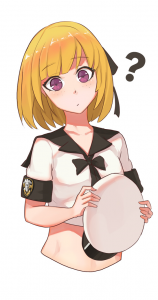
Oooooh. I get it. This must be the magic update button. Hah! Yeah! Okay. I got this.
Hi Everyone! Welcome to Enterprise’s carrier corner! Since Morgane and Sune have been talking about Midway recently, I thought it would be nice to talk a bit about the Douglas SBD “Dauntless” dive bomber. It won us the battle after all!
The SBD was developed from the Northrop BT-1, a previous dive bomber design. The BT-1 didn’t fly very well – especially at low speeds, important for a carrier aircraft – but Northrop didn’t quite have the money to fix it. At the time, Northrop was a subsidiary of Douglas Aircraft, so Douglas Aircraft took over the job of fixing it.
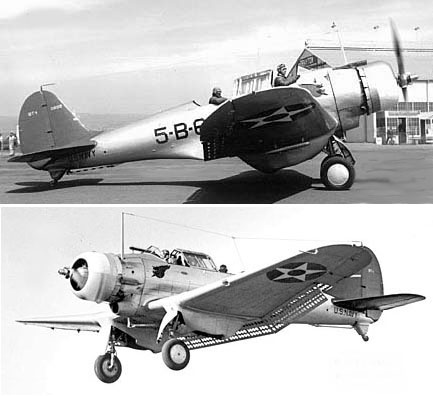
The Northrop BT-1 – Kinda funny looking, but you can clearly see how this would turn into the SBD we know and love! One of the issues of the BT-1 was that the tail would buffet hard when the dive brakes were deployed. They fixed this by adding in those distinctive holes in the dive brakes that you see on the SBDs.
Douglas would heavily modify the BT-1 into a new design called the SBD-1. The new design proved to be a massive improvement in performance over the previous BT-1, and it was soon put into production. Unfortunately, the SBD-1 wasn’t very good either. It didn’t go very far, and with only two .30 caliber machine guns in the front and a single .30 cal in the back, its defensive armament was lackluster. Even worse was the fact that it didn’t have any armor or self sealing fuel tanks! Only 57 of them were ever built, and since the Navy didn’t want them, they were given to the Marines instead.
An upgrade soon came in the form of the SBD-2. This upgraded design would feature additional fuel tanks and armor plating. The two .30 cals in the front were replaced with two hard hitting .50 cals. While helpful, this did nothing to fix the slow speed of the plane. Pilots would end up calling it the “Clunk”, “Barge”, or as an ironic reading of SBD, the “Speedy.”
With the last delivery scheduled for January of 1942, the poor SBDs were declared obsolete at first. But, the Pearl Harbor attack would change all of that. The Navy ended up calling up the SBD-2 because well, an obsolete dive bomber is better than no dive bomber. So, off they went to war.
The SBD-2, to many’s surprise, prove itself capable in the Battle of Coral Sea, sinking the carrier Shohou and seriously damaging the carrier Shoukaku. Some even managed air to air kills!
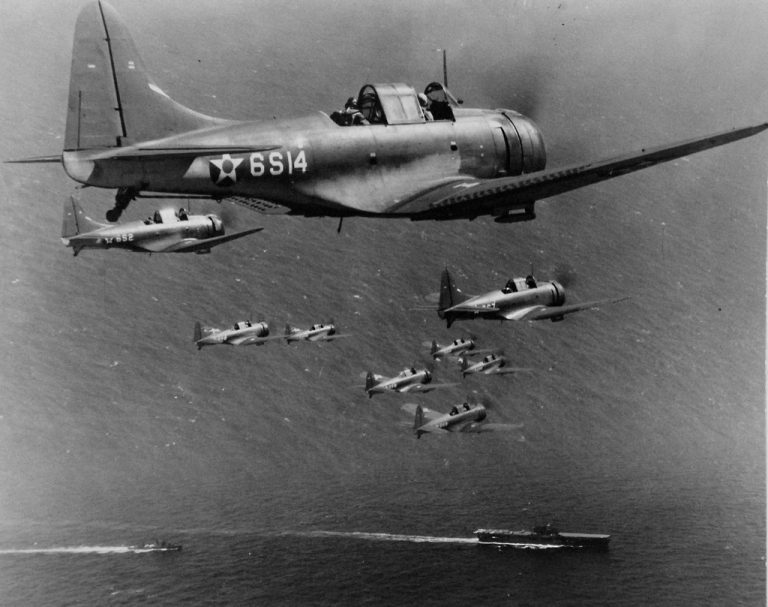
SBD-2s flying over the USS Enterprise – it’s me! Or, ya know, the other me!
All this time, the Navy was working hard to make the SBD combat ready. Soon one was made. SBD-3. This version gets a more powerful engine, self sealing fuel tanks (if the enemy hits your fuel tank it won’t leak! Handy for getting home), and a twin .30 cal defensive gun mount in the back. This version would prove itself in battle soon enough – it’s what brought us the great victory at Midway.
Rugged and reliable, the SBD was a pleasure to fly. The pilots affectionately gave it a nickname. The “Slow But Deadly”. It’s the nickname that would stick to the SBD to the end of the war.
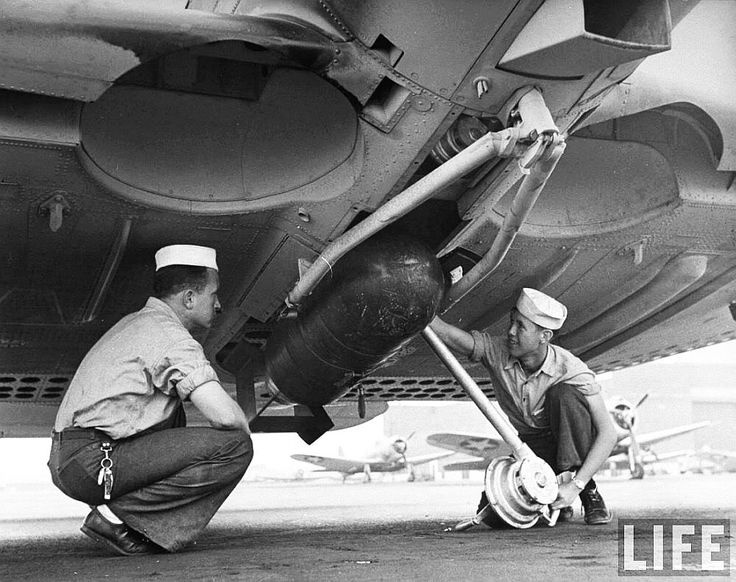
Crew loading a bomb onto a SBD. That metal cradle it’s sitting in would swing outwards, allowing the bomb to clear the propeller.
The SBD still received upgrades as the war went on. Later versions focused on improving the powerplant, but it was eventually phased out for the Curtiss SB2C. Some of you know that plane as the Helldiver. Now, while the Helldiver was an improvement over the SBD, it had some developmental issues to work out and appeared much later than the Navy had planned. The plane was hard to service, the crews didn’t like it much due to its poor handling, and its engine was also underpowered. The “Son of a Bitch, 2nd Class” just didn’t have the charm the “Slow but Deadly” had.
Hey, it was hard letting the SBD go. In the first year of the war alone, the SBD sank nearly 30% of the Japanese war fleet in total tonnage. This dive bomber, written off as obsolete, ended the war with a 3.2:1 air-to-air kill ratio. That’s higher than some fighters.
Not bad, huh? I love the SBD. It’s a lot like America during the war itself. We get written off as goofballs often enough, but we’ve always been the underdog. We didn’t always have this massive advantage in technology like we do now, but even then? The boys made do with what they have, and that’s –
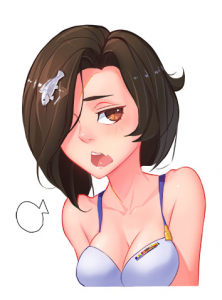
Hi Prisse. I found K9. I also gave him a very stern talking to. He and Sune’s slacking off again!
Oh? Um. Hi! It’s summer. Good time to relax –
No Relaxing! Book’s out in a month. If he has time to grind out a Bismarck in World of Minsk Shipbuilder & Design he has time to get back to work.
Minsk Shipbuilder – Oh! You mean World of Waterboats.
Warships.
Yeah. That! What do you think –
Slow gameplay. Terrible grind. Horrible choice of premiums. Ship designs entirely powered by Stalinium and wishful thinking. Community of players make you rapidly lose faith in humanity. Worst of all, NO SUBMARINES.
… What kind of a naval battle game doesn’t have submarines?!
But you still play.
…Yeah. Thanks for the piece today, Prisse. Really appreciate it. The Missouri’s not going to pop into my account by magic you know!
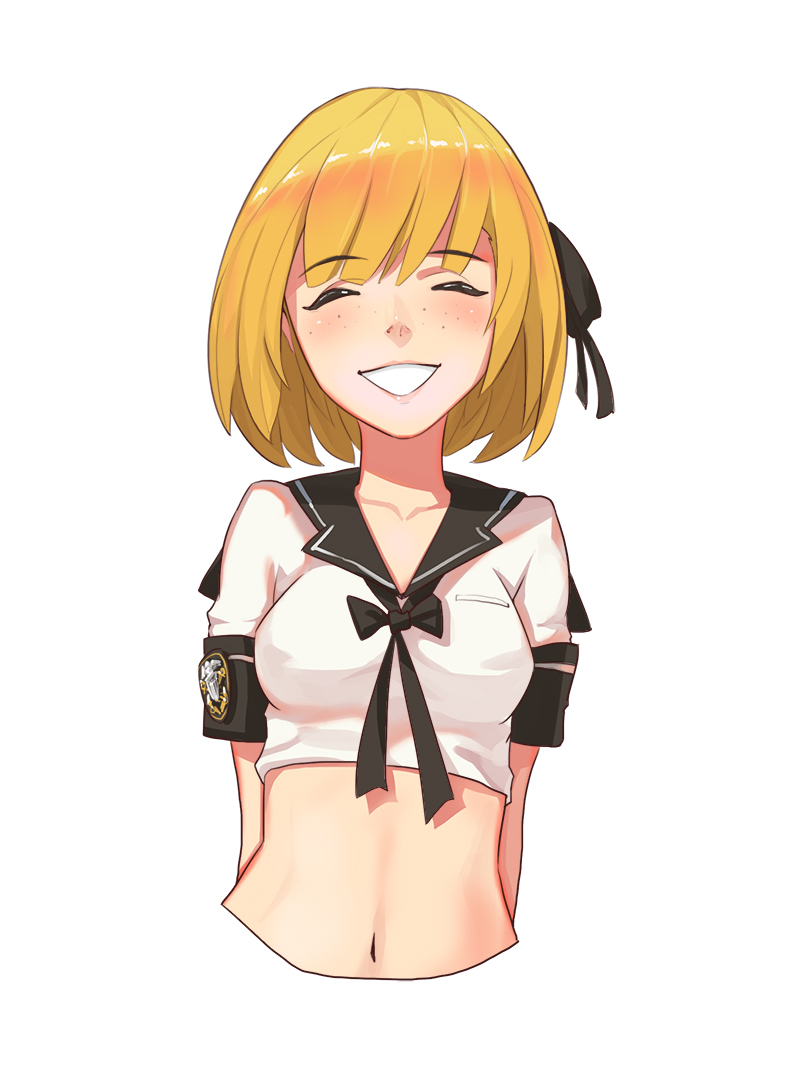
See ya next time. 🙂

